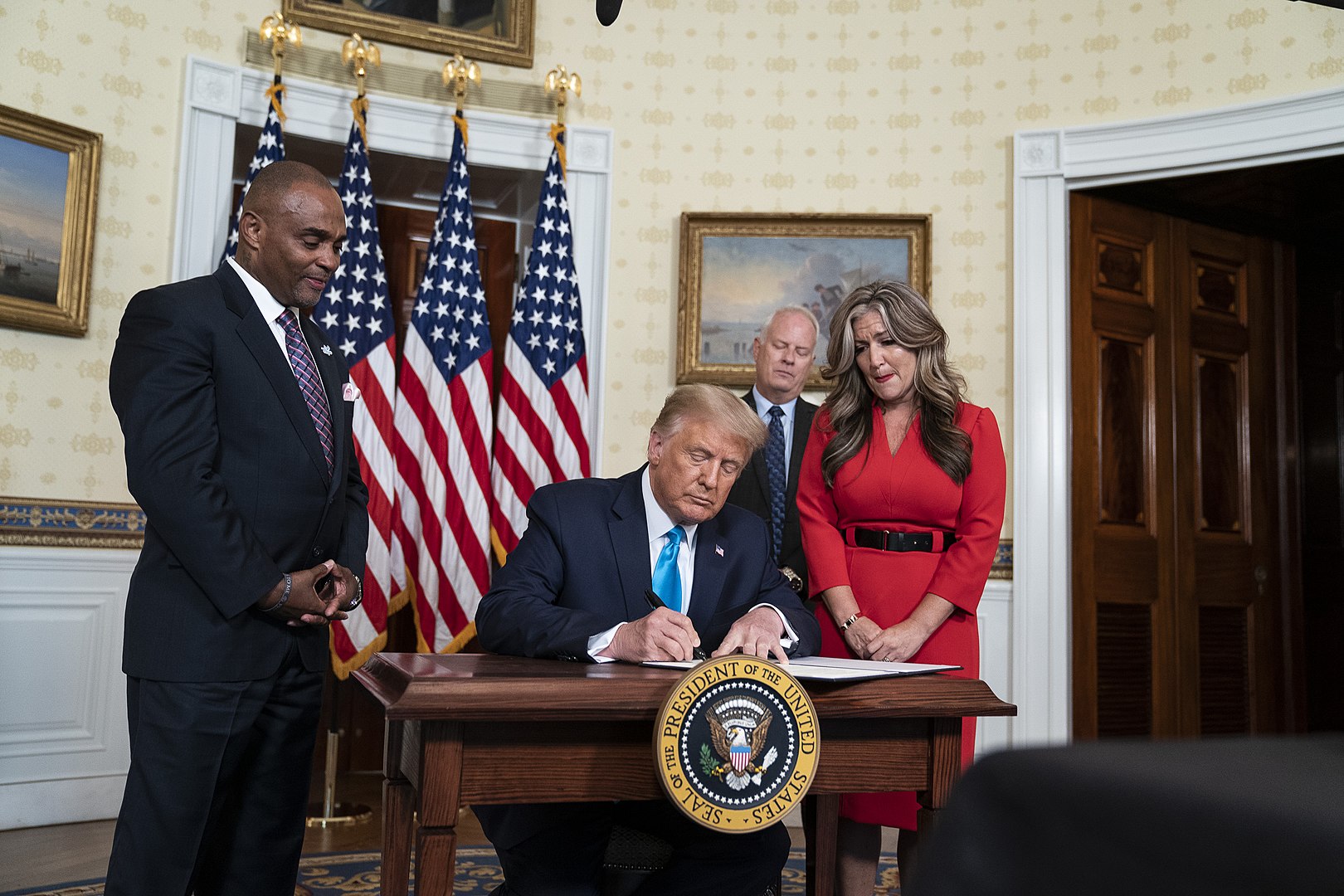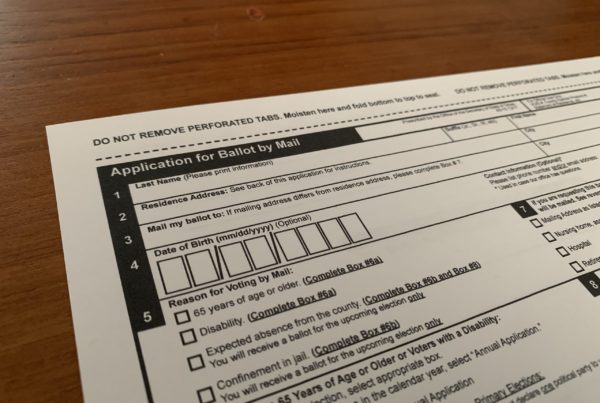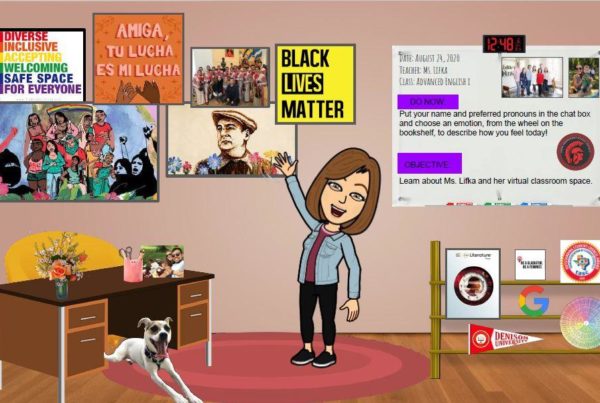One of the many themes touted by the GOP during last week’s convention was the message of diversity among members of the party, particularly among congressional candidates. So how is that playing out in Texas? Dallas Morning News Washington-based reporter Tom Benning has been writing about this.
On the RND’s display of diversity:
“You saw it just in some of the headliners, including South Carolina Senator Tim Scott, who is one of two Black Republicans in Congress, or Nikki Haley, the Indian American woman who served as Trump’s ambassador to the United Nations.”
On how some democrats responded to the display of diversity:
“Representative Veronica Escobar, the El Paso Democrat, who has been very vocal in criticizing in particular President Trump’s actions and rhetoric on immigration and her thoughts on the message presented by Republicans that the convention was that, ‘This is a classic case of look over here, listen to what we’re saying, and please forget the last four years of what we have done.’ So she accused the president and his allies of trying to distract from the reality of these last four years where, say, just the issue of immigration, where, the president has disparaged immigrants, in many cases, and launched hardline border security measures.”
On the changes in GOP diversity in Texas:
“In four of these key [congressional] races, two in North Texas, one in Houston, one in South Texas, you have Republicans put up more diverse candidates. You have two women who are white running in North Texas. You have a Black man running in Houston and a Hispanic man running down in South Texas. And, you know, you compare that to who Democrats are running and Democrats, their congressional side is almost exclusively women and people of color. But it is a significant change from the type of candidates who have been running in these districts in years past.”
On how GOP candidate demographics reflect Texas:
“There are a lot of folks who say it is very important that you have elected officials or candidates for office that look more like the constituents that they want to represent. So it’s not that it’s necessarily an exact equation in terms of getting out the vote, but it does speak to that Texas is becoming more diverse.”














